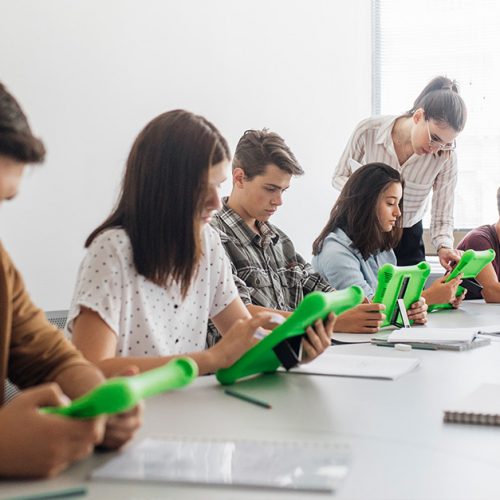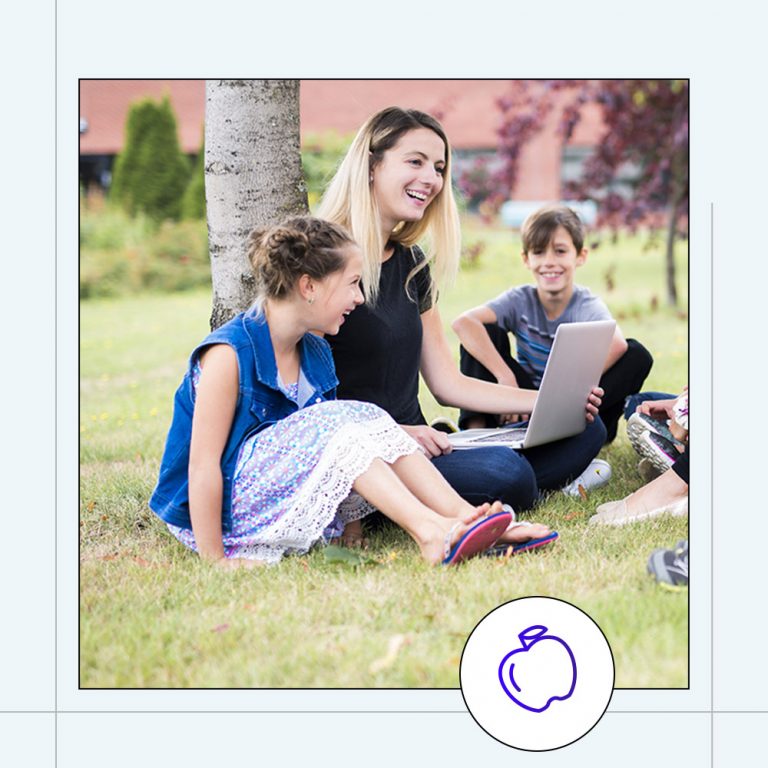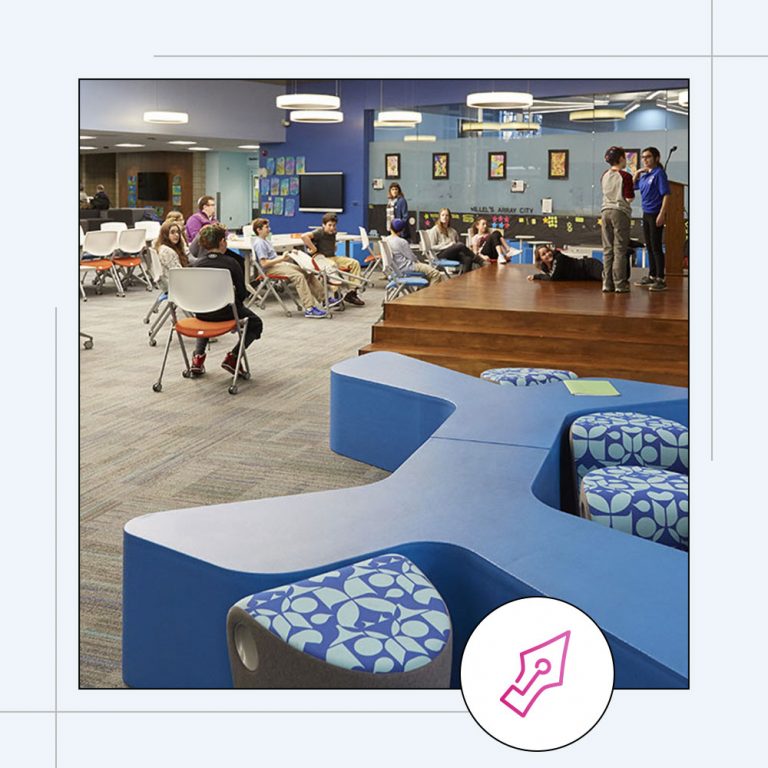"If you are trying to build a new school, you don't want to build a new old school"
Dr Peter Webster Tweet
Is the learning experience as important as the learning outcome?
In our College we are challenging our students to be engaged in real learning and how learning occurs. When we do that we have to be connected to real life experiences.
Once we get our students engaged, the learning outcomes take place, they are achieved. So it’s how we get them engaged in the real context.
The skills of 21st century learners revolve around collaboration.
How do we get the kids to collaborate in their situation?
How do we get them connected?
How do we use our technology?
How do we allow them to be creative?
These are some of the skills we are trying to engage our students in. Once you provide that environment the learning outcomes take place, they take care of themselves.
They have to be connected to the real world and to be engaged in real world situations.
The real world isn’t behind desks.
They are not sitting in rows, that’s not how our world works.
Furniture has allowed our kids to work collaboratively
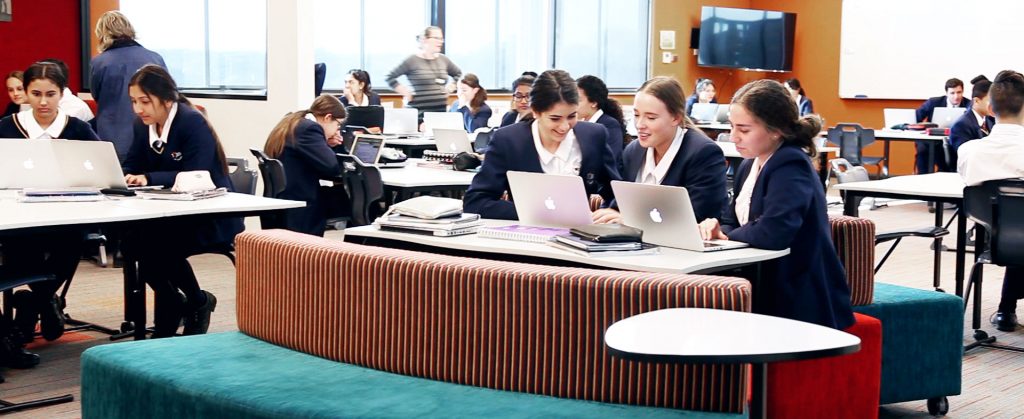
Does teacher involvement in space design have an impact on improving student experiences and outcomes? Are the teachers involved when you plan a learning space and do the student get involved?
In building our new new school we had to engage our staff in the learning process.
We needed to look at the skills of the 21st century learners. We need them to be creative, to be collaborative and to be connected. We needed them to be able to engage in critical thinking.
We needed that…
So we engaged our staff.
We invited our staff to be a part of the process. They looked at their learning spaces and thought about what they needed to engage our students in 21st century skills. They needed technology, they needed furniture, they needed resources.
We engaged them. We allowed them to investigate. We allowed them to explore the possibilities.
In doing that we gave them autonomy. To give your teachers autonomy in their learning spaces, it’s powerful stuff. Once they were engaged we allowed them to look at their spaces and master their spaces and the learning. We gave them purpose.
In building our new new school we had to engage our staff in the learning process.
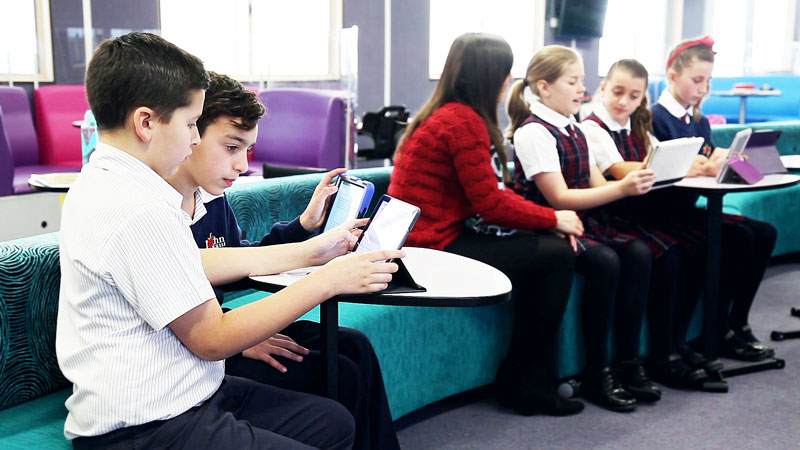
With your teaching staff, when they were given these quite innovative learning environments, did any of the teachers find it difficult to teach in this new environment or do you feel that as a group they learnt from each other? Were there any obstacles or problems there?
Look, we changed.
In some ways we flipped our learning environments.
We were given these big open spaces…
How do you teach in these big open spaces?
We had to look and explore the range of opportunities the possibilities. We had a blank canvas, we had to do something about it and we went on a learning journey. We visited other schools, we visited other environments and we visited businesses. We were looking for how do we best develop these spaces into learning spaces that would engage our students.
That’s what we did and that was fantastic.
Yes, we had staff that were confused, staff who didn’t know where to go. We had to help them and assist them, but we had many that went out there that were early adaptors, and they went out and explored the possibilities. We had to give them the opportunity.
It’s rich when it comes off and I think our spaces are rich learning environments now.
When you said you went and visited businesses, talking about the connection to the real world in bridging that gap and facilitating that connection, what did you learn from those businesses that you brought back to the school?
The world is rapidly changing. It’s rapidly changing and business is rapidly changing.
We have been invited to some of the biggest businesses and companies in Australia.
They are on the same journey, their workplaces are learning environments. No longer would someone be sitting behind a desk just doing rote manual work. They are working collaboratively in teams, they’re hot-desking, they’re moving, they’re agile places.
We’re on the same journey so we are learning from them and they are learning from visiting us.
With your teaching staff, when they were given these quite innovative learning environments, did any of the teachers find it difficult to teach in this new environment or do you feel that as a group they learnt from each other? Were there any obstacles or problems there?
Look, we changed.
In some ways we flipped our learning environments.
We were given these big open spaces…
How do you teach in these big open spaces?
We had to look and explore the range of opportunities the possibilities. We had a blank canvas, we had to do something about it and we went on a learning journey. We visited other schools, we visited other environments and we visited businesses. We were looking for how do we best develop these spaces into learning spaces that would engage our students.
That’s what we did and that was fantastic.
Yes, we had staff that were confused, staff who didn’t know where to go. We had to help them and assist them, but we had many that went out there that were early adaptors, and they went out and explored the possibilities. We had to give them the opportunity.
It’s rich when it comes off and I think our spaces are rich learning environments now.
When you said you went and visited businesses, talking about the connection to the real world in bridging that gap and facilitating that connection, what did you learn from those businesses that you brought back to the school?
The world is rapidly changing. It’s rapidly changing and business is rapidly changing.
We have been invited to some of the biggest businesses and companies in Australia.
They are on the same journey, their workplaces are learning environments. No longer would someone be sitting behind a desk just doing rote manual work. They are working collaboratively in teams, they’re hot-desking, they’re moving, they’re agile places.
We’re on the same journey so we are learning from them and they are learning from visiting us.
Learning spaces that would engage our students
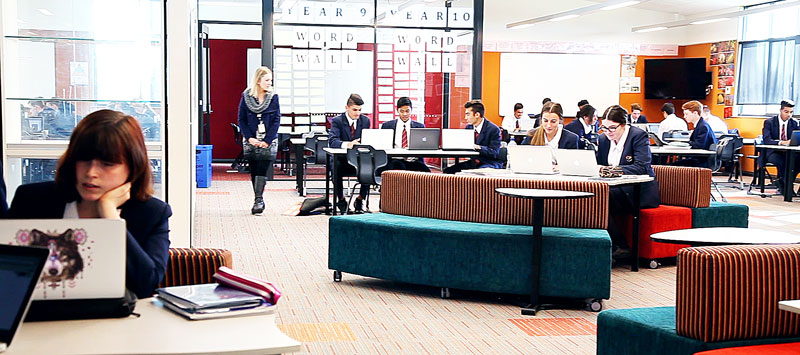
As you have gone on this journey you have aligned with certain companies to partner with you in the journey. Can you tell me about some of those businesses and schools or forward thinkers?
It’s interesting in education because businesses now see a part of their role to be educators, to be learners within their communities.
Initially schools and businesses were looking after themselves, looking after their boxes, their cells.
Education is now global – so we are going global as well here and we are looking for our professional development from businesses who are exploring the possibilities, not only locally or nationally but international.
We’ve formed a range of partnerships with a collection of companies. Some of the ones who are assisting us on our way are technology companies. Some of the companies are assisting us with flip learning, with our furniture, with our technology. We have a range of companies that we have formed partnerships with.
It’s pretty exciting!
What do you see as important to improving learning experiences and outcomes for students in the future? 21st century learning!
What is learning going to be like in 2027?
What are the jobs in 2027?
Well, the jobs that we are talking about probably haven’t been invented yet.
We’re talking about digital literacy, we’re talking about communication, we’re talking about collaboration, we’re talking about connectivity. The jobs are going to be different therefore our schools must be different to address those needs.
No longer sitting behind desks in rows, that’s out.
I think we’ve got to be more inventive than that. I think we’ve got to be more exciting than that.
I think our journey is one in which we have to enrich the learning environments for our students.
Furniture has allowed our kids to work collaboratively
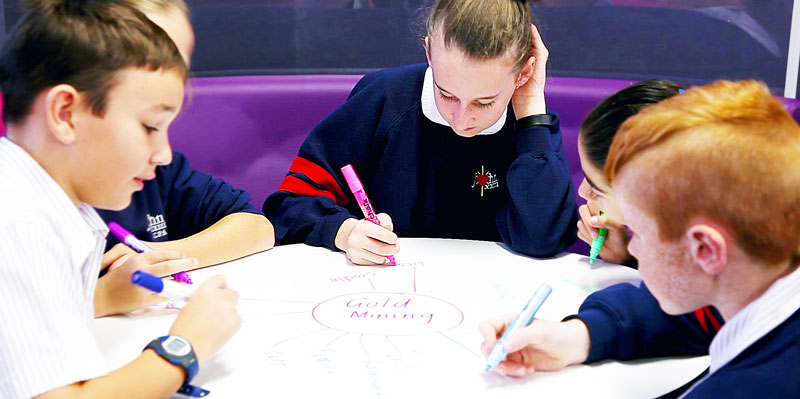
What are the outcomes that you have experienced in your school?
On our learning journey we’ve had to look as several factors that affect learning in the classroom.
We’ve had to look at the technology, we’ve had to look at the environment that is in place. We’ve had to look at the pedagogy that our teachers are using. We’ve had to use a range of things.
The outcomes and the benefits that we are seeing would be that the students are engaged. They are engaged in their learning. The technology in our google classrooms has affected how our kids engage in their learning.
Our furniture has allowed our kids to work collaboratively. Our teachers and their pedagogy, their change has allowed it to be student focused and student centered.
It’s not just one thing you need a number of things to engage our students.
At our college we’ve had to recontextualise what it means to be a learning environment.
We are trying to build a new new school.
If you are trying to build a new school, you don’t want to build a new old school.
You want to develop. You want to keep progressing.
You want to provide an environment for 21st century learning, and the skills that go along with that.
You want them to be critical thinkers. You want them to work collaboratively.
You want them to be connected, to be able to communicate. You want these things to happen. To ensure that, you need a pedagogy. You need the technology, you need the resources and the environment. We’ve attempted to do that, and in attempting to do that we’ve witnessed a transformation within our college.
It’s exciting!
We’ve had to recontextualise!
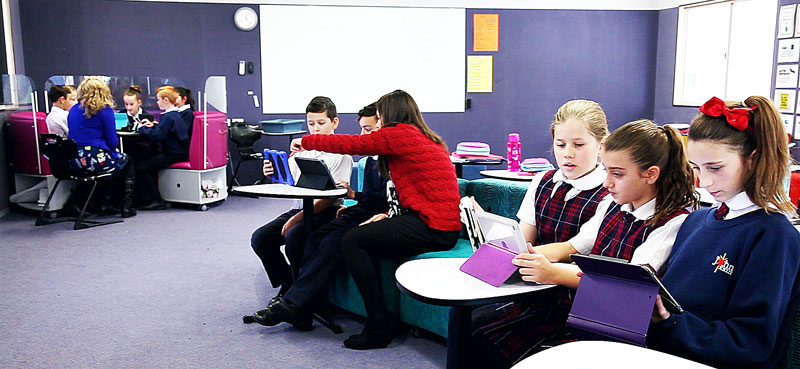
How has BFX helped you create the environments that you envisioned?
In recontextualising what a classroom looks like and feels like, we had to explore the possibilities. The range of opportunities and our environment was critical to that. We explored all those possibilities and we came across BFX, a furniture company that could assist us in providing 21st century environments for our students.
We’ve developed a partnership. BFX have come along on our journey and what an exciting journey we have explored. We still maintain that strong partnership today.
Did BFX help you with floor plans or did you tell BFX this is what I want.. how did you arrive at your goal?
In working together with BFX we came together as partners. We had ideas. BFX has a range of experiences and we had to use that partnership. We had to explore the possibilities.
What were the skills we needed to achieve in our classes? What furniture did BFX have that could assist us? The mud maps, the exploration of the range, that blank canvas turned into reality.
It’s reality now in our classes.
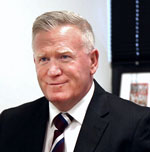
Dr. Peter Webster
John XXIII Primary & St Mark’s Catholic College, Stanhope Gardens, NSW


